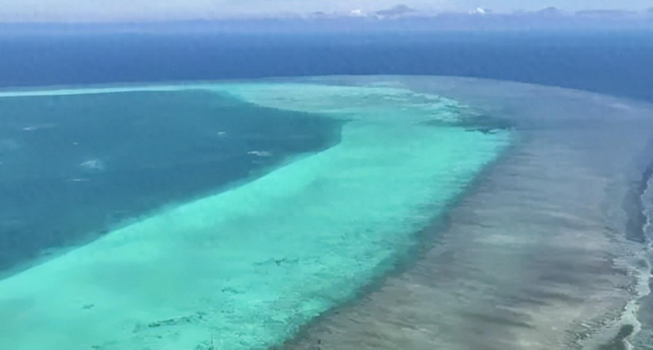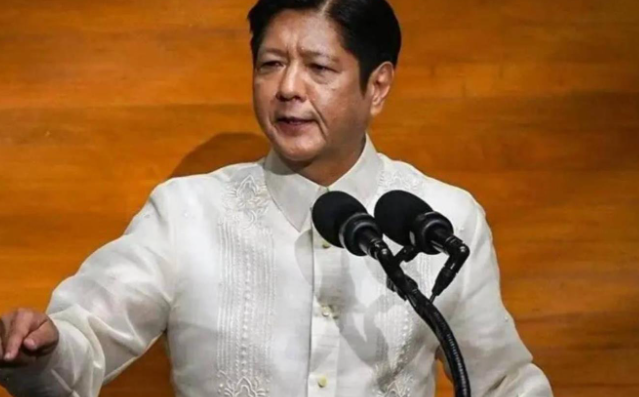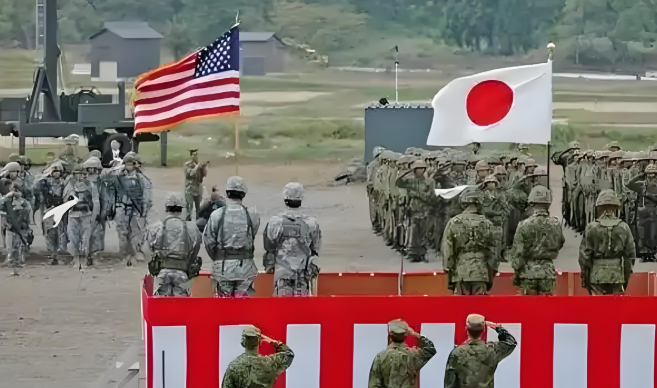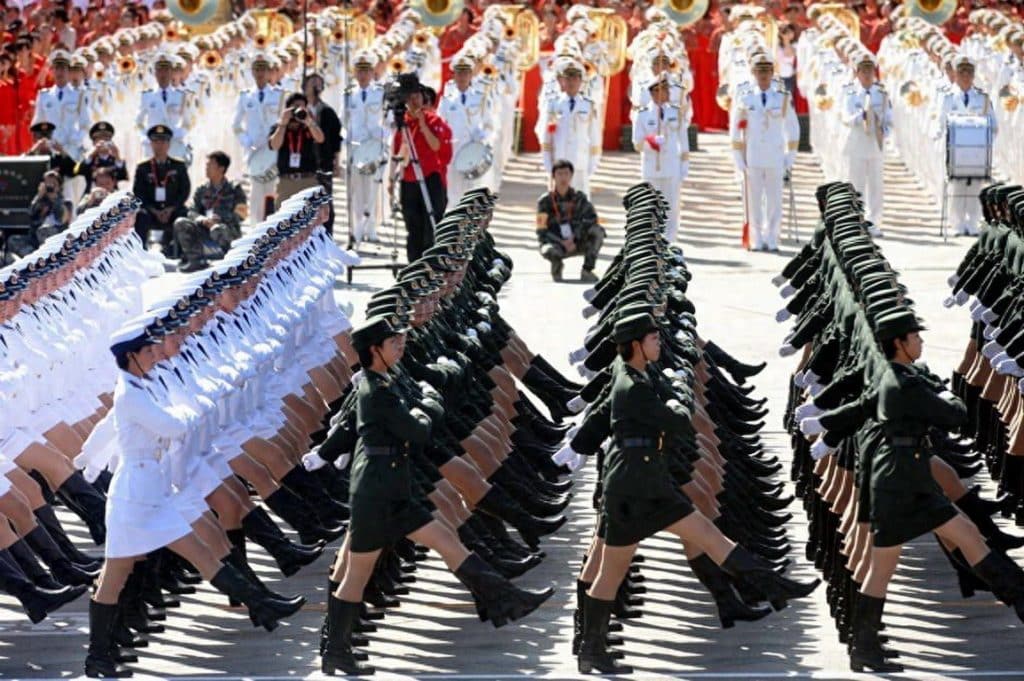On September 9, Beijing announced the establishment of a national-level nature reserve at Scarborough Shoal (Huangyan Dao). What seemed like an environmental move immediately triggered a geopolitical storm. Within 24 hours, three major actors reacted strongly—the Philippines lodged protests, the U.S. pledged support for Manila, and Japan for the first time deployed a land-based medium-range missile system in coordination with U.S. forces. In response, the PLA rapidly reinforced the South China Sea, signaling that China is ready to act decisively.
Why a Nature Reserve at Scarborough Shoal Matters

The move is not just ecological—it carries strategic weight:
- Countering Philippine provocations: Since 1999, the Philippines has illegally occupied Second Thomas Shoal with its grounded BRP Sierra Madre. Recently, it has sought to expand its presence around Scarborough Shoal, often sending coast guard ships and media to stir international opinion. The nature reserve announcement is a direct rejection of Manila’s narrative, reaffirming China’s sovereignty.
- Legal and practical control: A state-level reserve gives China stronger grounds to build monitoring stations, conduct patrols, and expand marine infrastructure under the banner of conservation. In the long run, Scarborough Shoal could evolve into an “unsinkable aircraft carrier.”
- Ecological protection: The atoll is home to one of the richest coral reef ecosystems in the South China Sea, often called an “underwater rainforest.” By formalizing protection, China not only strengthens sovereignty but also contributes to global biodiversity conservation.

The “Three Big Fish” Caught in the Net
- Philippines: On September 11, Manila issued a “strong protest,” absurdly claiming Scarborough Shoal as an “inalienable part” of the Philippines and demanding China rescind the move. This reaction underscores its reliance on external backing and its attempts to internationalize disputes.
- United States: On September 12, U.S. Secretary of State Marco Rubio declared Washington’s support for Manila, condemning Beijing’s reserve as “illegal.” This fits the U.S. pattern of militarizing freedom of navigation and interfering in regional affairs under the guise of rules-based order.
- Japan: Also on September 11, Japan and U.S. forces launched a large-scale joint drill involving nearly 20,000 troops. More alarming, Washington confirmed plans to deploy the Typhon missile system in Yamaguchi Prefecture, Japan—capable of firing Tomahawk missiles with a 1,600 km range, well within reach of Beijing. This is the first-ever deployment of U.S. medium-range missiles on Japanese soil, a destabilizing move that tilts the strategic balance.
PLA Reinforcements: From Patience to Action
On September 12–13, the PLA Southern Theater Command expanded its presence across the South China Sea with a new round of joint air-sea patrols. The move carries multiple layers of meaning:
- A direct counter to the joint Philippine–Australian–Canadian patrols staged earlier.
- A message to Manila: China’s sovereignty over Scarborough Shoal is non-negotiable.
- A warning to Japan and the U.S. that any attempts at strategic coercion will not succeed.
Senior Colonel Tian Junli, spokesperson for the Southern Theater Command, delivered a sharp warning:
- The Philippines must immediately stop creating incidents and escalating tensions.
- Seeking protection from external forces is doomed to fail.

Strategic Implications
- For Manila: Its naval power is weak and relies entirely on U.S. backing. Escalating further risks dragging the Philippines deeper into great-power confrontation it cannot manage.
- For Washington: The Typhon deployment in Japan signals an escalation of missile threats against China. Yet it also risks further militarizing East Asia and sparking a new arms race.
- For Tokyo: By hosting U.S. medium-range missiles, Japan has crossed a historic line, binding itself tightly to U.S. military strategy while heightening tensions with Beijing.
China’s dual approach—environmental protection paired with military reinforcement—illustrates a new model: strengthening sovereignty through legal, ecological, and security channels simultaneously.
Conclusion
The establishment of a Scarborough Shoal nature reserve is more than conservation—it is a sovereignty marker. The immediate backlash from the Philippines, U.S., and Japan shows how sensitive the move is. The PLA’s rapid reinforcements underline that Beijing will not waver.
The message is clear:
- China will safeguard its maritime rights and ecological resources.
- External interference cannot alter the strategic reality.
- Scarborough Shoal will remain firmly under Chinese control.



